Military intelligence reports revealed the alleged use of civilians as human shields by members of a splinter faction of the Revolutionary Armed Forces of Colombia known as the Estado Mayor Central (FARC-EMC) on Wednesday as attacks against security forces intensify in Cauca, a region known for the large presence of the FARC-EMC.
A Pot Boiling Over
Reports from Colombian intelligence services indicate that a meeting between civilians and the FARC-EMC was held in order to brief residents of a region known as Cañón del Micay [Micay Canyon], a key area for the armed group’s transfer of narcotics into neighboring Ecuador, on their responsibilities if security forces attempt to reassert control over the region as part of a larger operation known as Operation Perseus.
Members of the armed groups allegedly told locals during the meeting that children and pregnant women should approach armored vehicles and attempt to prevent further movement by security forces through their communities. Locals were further encouraged to orchestrate large-scale demonstrations against security forces and conduct raids against positions held by the Colombian military in an effort to force out security forces from the region, allowing for the armed group to assert further control over disputed areas.
These alleged orders from the FARC-EMC follow similar efforts by the local population of Cauca to impede the progress of operations conducted by security forces in the area. Last weekend, security forces arrived in the El Plateado district of Argelia, Cauca, to attempt to remove the presence of members of the FARC-EMC. These efforts ultimately failed, largely due to the refusal of civilians to allow military operations within the district.
Video obtained by Semana, a Colombian news outlet, shows civilians standing directly in the path of two Armored Security Vehicles (ASV) identified by Atlas News as M1117s, an ASV originally developed for use by the United States’ Military Police.
In response to the military’s operation in El Plateado, the FARC-EMC responded with explosives dropped from commercial drones across four locations within the area while civilians blocked the military’s movements. The attack injured 17 civilians, according to military sources, while no casualties have been reported.
Reports suggest civilians who attempted to stop security forces’ advance were encouraged by the local command structure of the FARC-EMC, although these claims cannot be confirmed by Atlas News at this time.

In response to the alleged use of civilians to deter military operations by the FARC-EMC, Colombia’s Minister of Defense, Iván Velásquez Gómez, met with the inhabitants of El Plateado before condemning the attack on the Ministry of Defense’s X page.
“We reject any action that involves children and adolescents in violence or attacks against state forces." The Ministry of Defense said in the post. “No purpose justifies exposing the most vulnerable to these risks. The commitment to protect the life and rights of children is unwavering.”
Tensions in Cauca have increased rapidly since the suspension of a ceasefire between the FARC-EMC and Colombian government in March following the former’s attack against an indigenous community which left a community leader dead and two others injured following the group’s attempt to forcibly recruit two minors. Since the suspension of the ceasefire, the Colombian military has revived offensive operations against the leftist guerilla group which has reportedly grown more powerful through the expansion of the production and distribution of narcotics, increasing the number of recruits, and taking territory from rival armed groups in Colombia.
These operations include raids on properties and locations known to be used by the FARC-EMC, resulting in the seizure of both narcotics, firearms, and explosives, raids on narcotics production plants, and an increase in presence of security forces which has resulted in the capture of key figures within the group’s structure. One such operation targeted FARC-EMC camps in Caquetá, a department east of Cauca, led to the deaths of eight members of the armed organization, the injury of several others, and the rescue of a 14-year-old who had been forcibly recruited into the armed organization. One of the raided camps had the ability to hold 250 armed fighters according to the Colombian military, while other smaller camps could hold 30-50 individuals prior to the operation conducted by security forces.
While operations conducted by the Colombian military against the FARC-EMC have increased, the armed group has launched a series of their own attacks against security forces in what many believe to be an attempt to coerce the Colombian government to reenter a ceasefire with the FARC-EMC.
"No matter how much pressure these illegal organizations try to exert, we will not back down from the decision to suspend the ceasefire. Offensive operations by the Public Force [military and national police] will continue," Defense Minister Ivan Velasquez stated in April, seemingly confirming this theory.
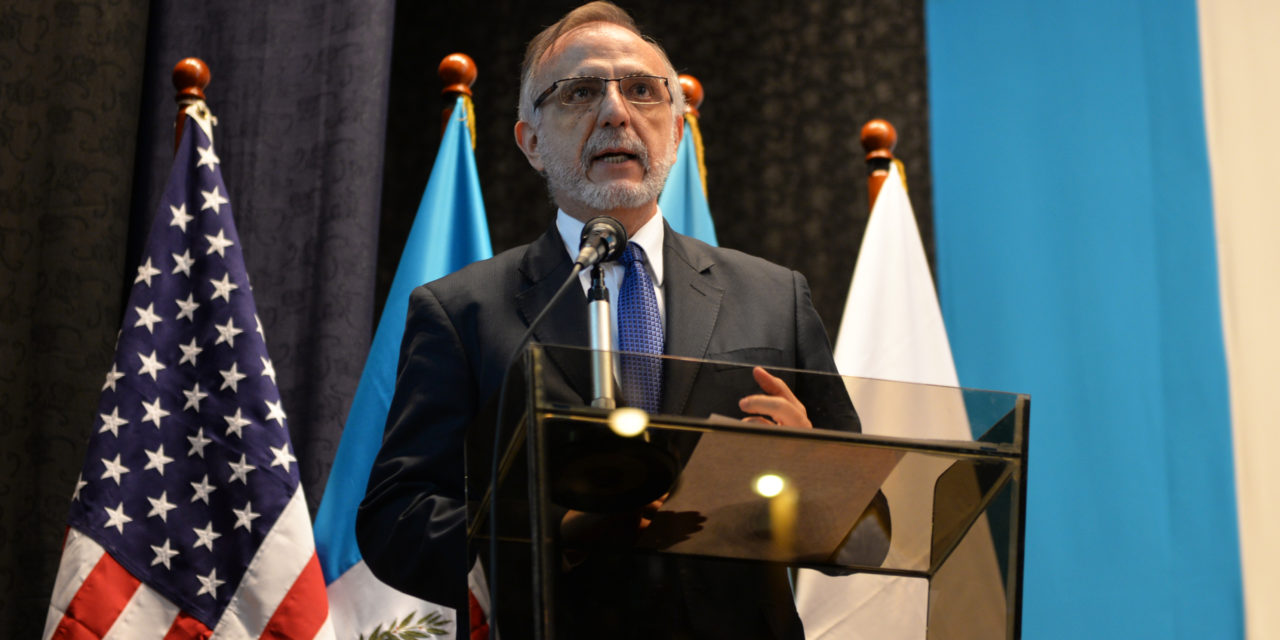
"This organization has only filled the communities in these departments with anguish and suffering, and it is precisely because of these criminal actions against the population that the government, the President of the Republic, decreed the suspension of the cessation. And no matter how much pressure is intended to be exerted, we are not going to decline this decision taken to suspend the cessation and develop offensive operations by the Public Force," Velasquez continued.
One such operation against security forces was an ambush conducted on Monday night targeting a truck transporting a number of Colombian soldiers along the pan-american highway in Cauca. Members of the FARC-EMC reportedly utilized explosives in their ambush of the transport, luckily no casualties were reported in the attack by security forces.
Similar operations have been conducted by the National Liberation Army (ELN) whose own ceasefire with the Colombian government expired in August, further intensifying conflict within Colombia. Attacks conducted by the ELN include attacks on vital infrastructure for both civilians and members of the Colombian armed forces, utilizing car bombs, and engaging in “pistol plans,” a strategy consisting of targeting vulnerable soldiers and police in an effort to undermine morale and destabilize regions of interest to the armed group.



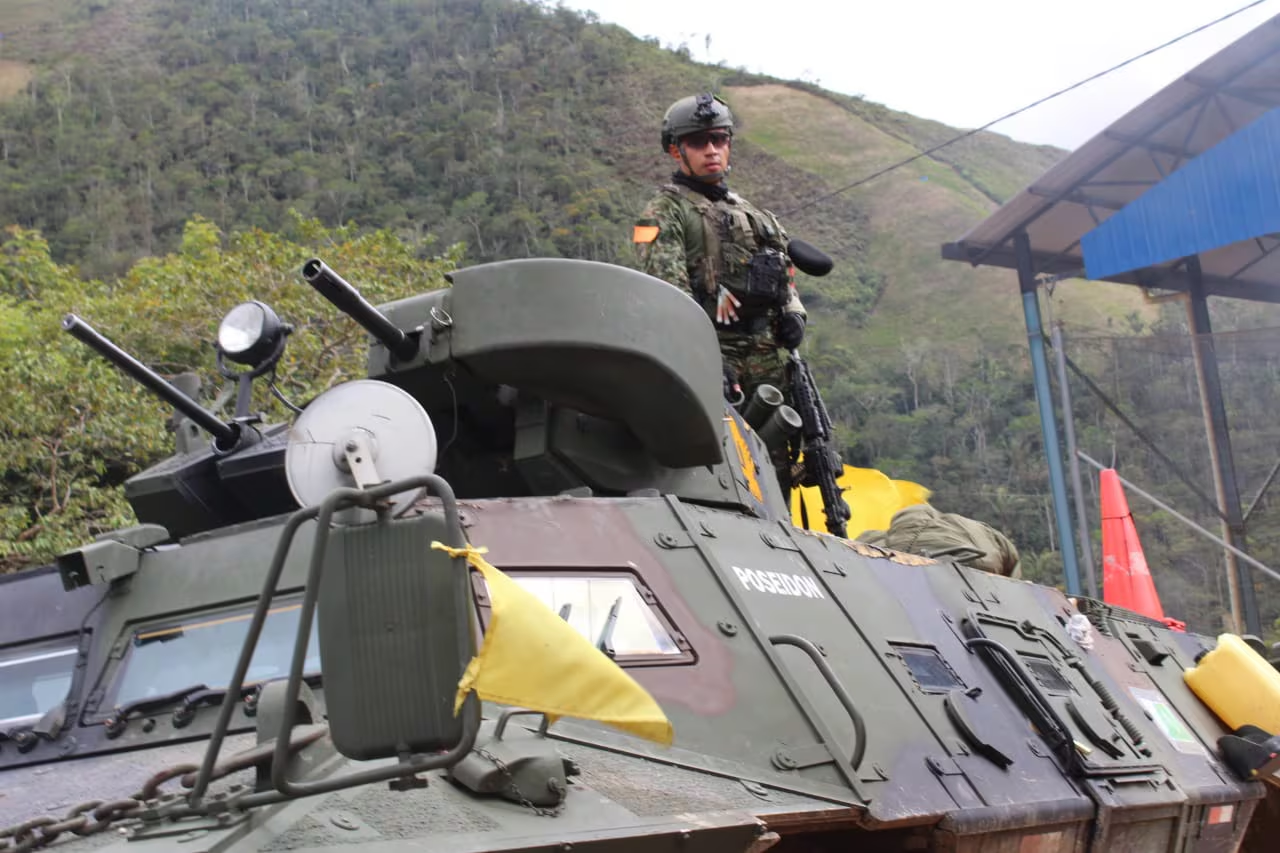
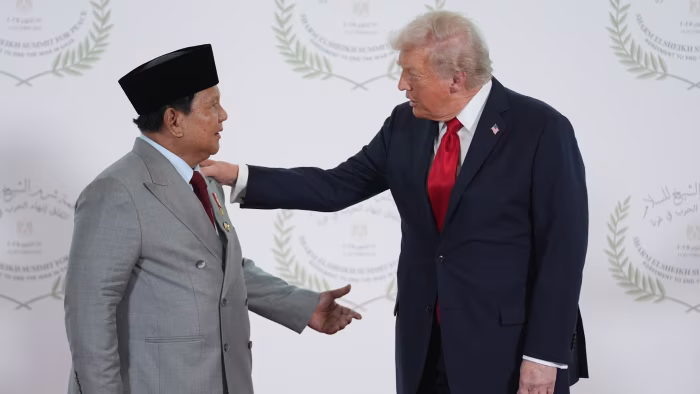

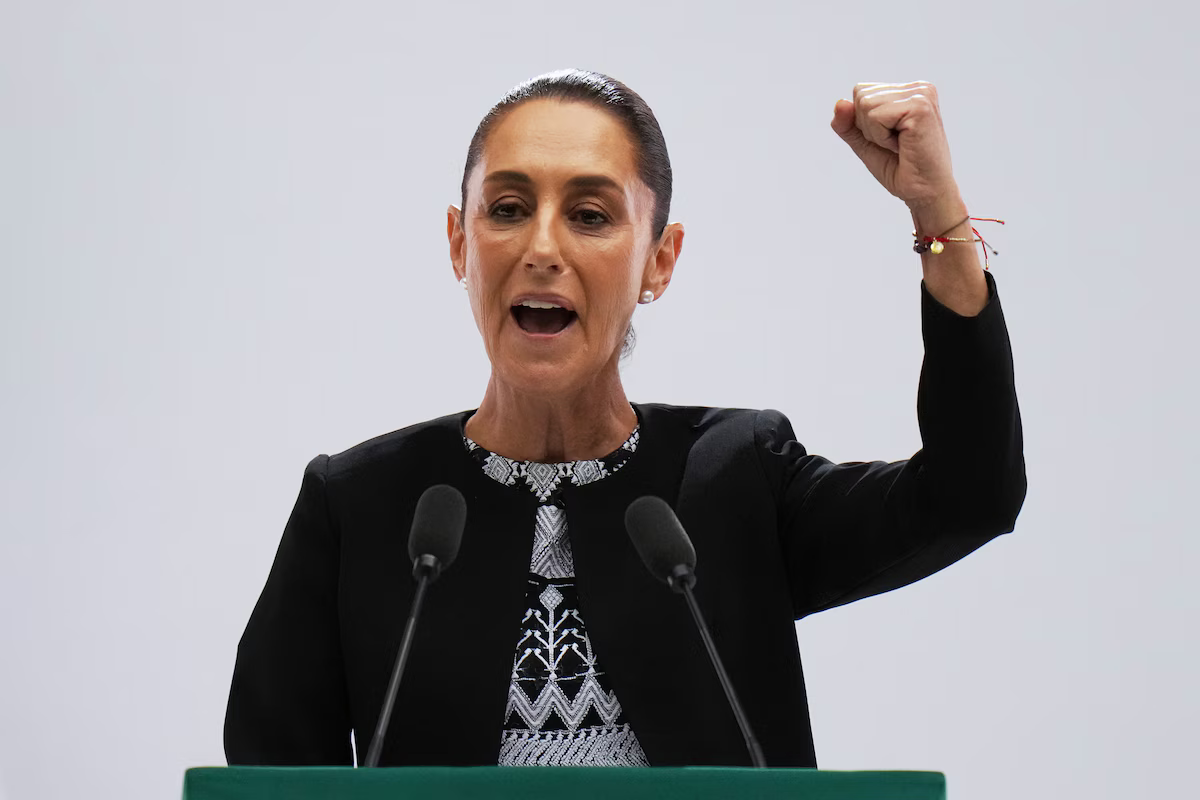

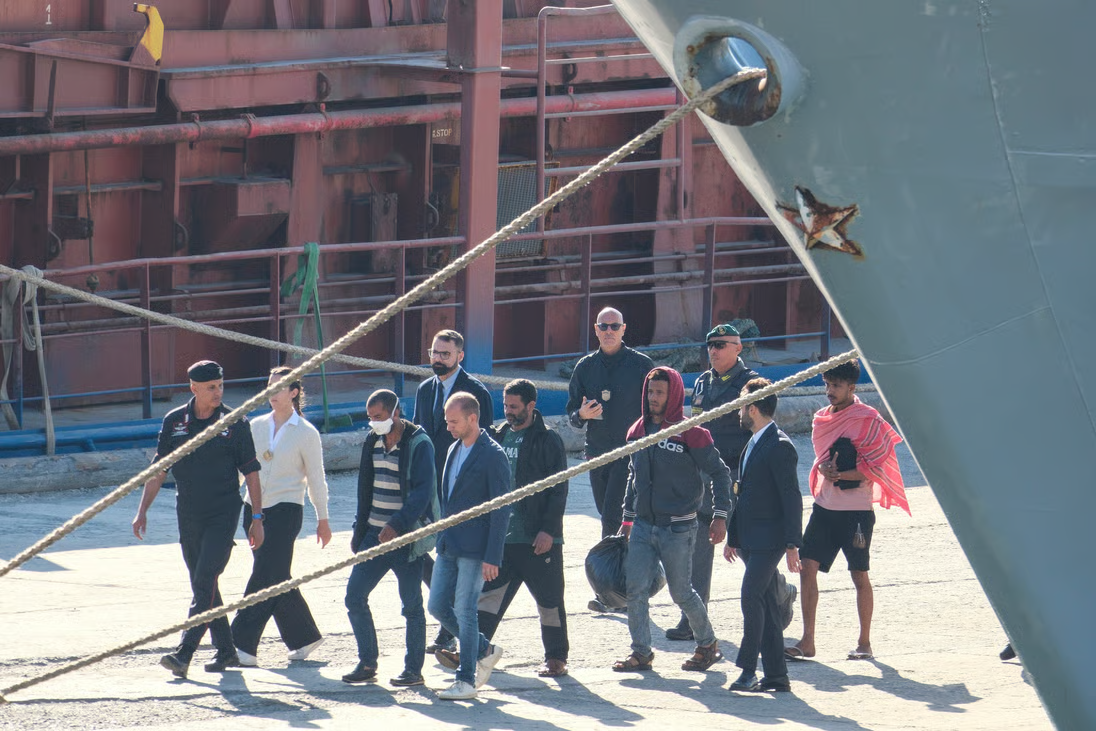

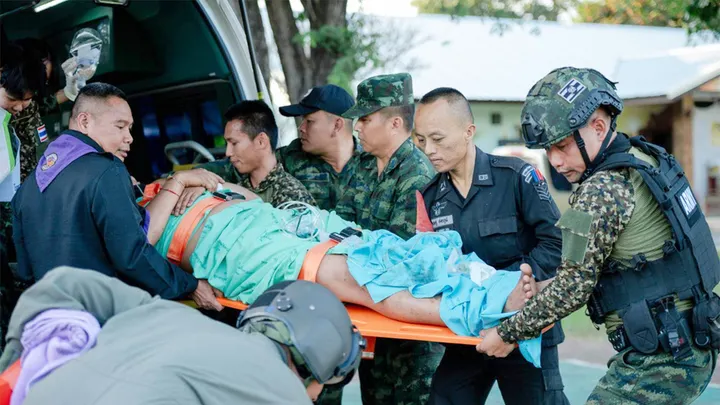

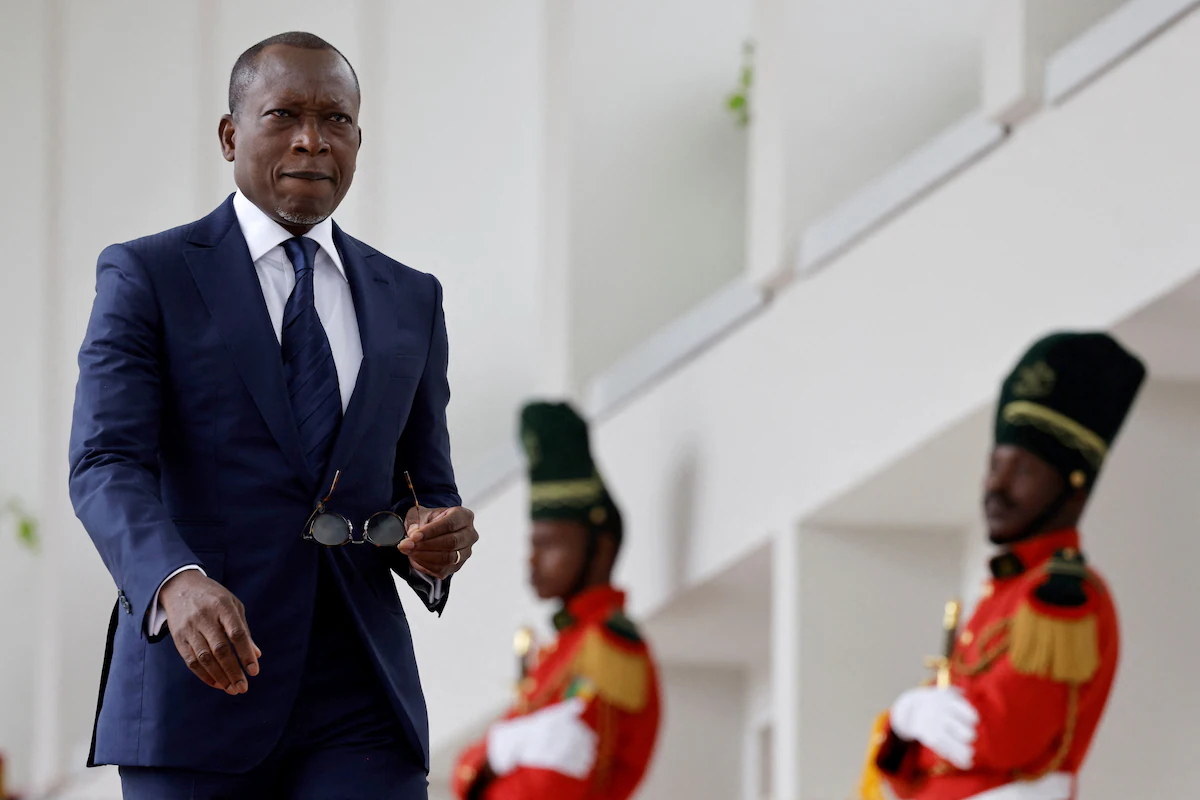


Discussion